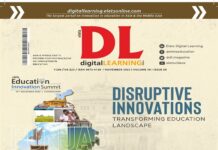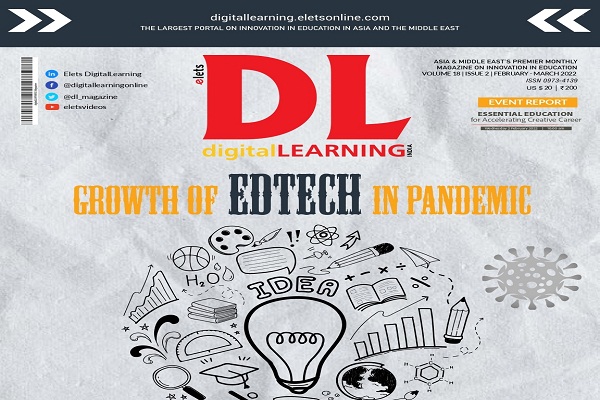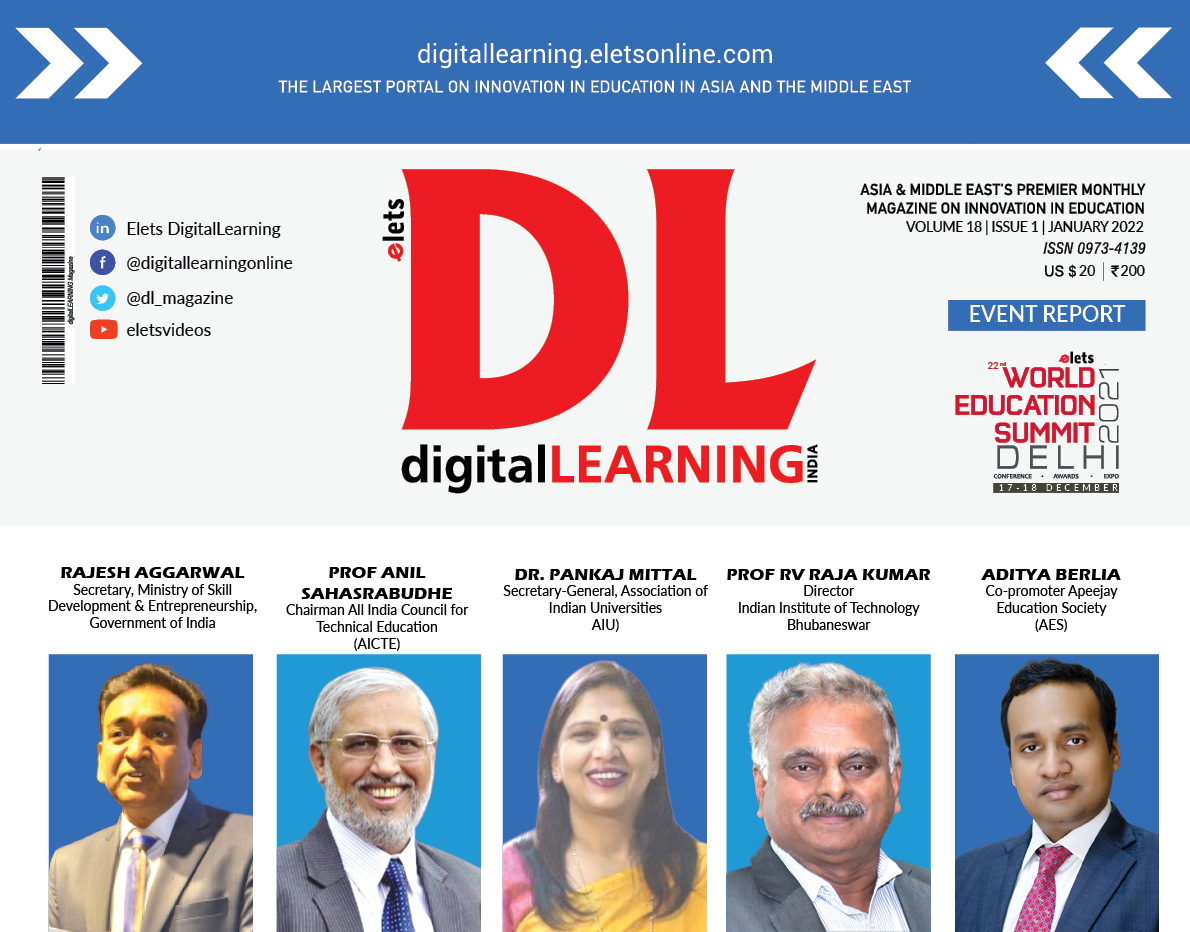We need to get our ideas across to people with whom we do not have direct contact. We need to know why things work and not merely memorise information, to be creative and innovative. Knowledge is the principal commodity. We have an opportunity to create and cultivate knowledge and capability to advance social and economic well being, not of individuals but of nations…
 Global competition demands transforming current education. With the global economic climate getting more competitive, the demand for a skilled workforce is increasing, and new technology tools play an increasing
Global competition demands transforming current education. With the global economic climate getting more competitive, the demand for a skilled workforce is increasing, and new technology tools play an increasing
role in learning. In addition, there are increased requirements for technology and media literacy, effective communication collaboration, critical thinking and problem solving. We need to get our ideas across to people with whom we do not have direct contact. We need to know why things work and not merely 12 February 2009 ww.digitalLearning.inmemorise information, to be creative and innovative. Knowledge is theprincipal commodity. We have nopportunity to create and cultivate knowledge and capability to advance social and economic well being, not of individuals but of nations. Technology gives teachers new resources for engaging and effective education. It sparks the joy of discovery, joins students with the wider world and builds skills that build the future.
Technology can play an important role in enhancing the educational process, particularly when it is developed based on the needs of teachers and the local education systems.
Governments need to develop a holistic solution to provide 21st century opportunities for their citizens with a comprehensive approach that includes accessibility, connectivity, education, and digital content. For example, India has created the e-Governance initiative. The holistic National e-Governance Plan is now pivotal in realisation of this vision by focusing on providing accessibility of government services to citizens through the internet. In India, the Intel Teach Program has provided ICT training which has enabled over 900,000 pre-service, nservice teachers and educators across the country to integrate technology into their lesson plans and promote problem solving, critical thinking and collaboration skills. By the end of
2008, Intel hopes to have touched 1 million teachers across India. Under this programme, Intel also provides free teaching tools and resources to K-12 teachers. Intel Learn Program has also reached out to approximately 57,000 underserved youth ranging from 8 to 16 years of age, to develop critical thinking and collaboration skills. The Intel Computer Clubhouse Network provides children in underserved areas access to cutting edge technology forlearning. Currently, the network is comprised of two clubhouses in Delhi and Bangalore.
How do we attain an ideal learning environment using technology?
Step 1: Invest in People and education systems First of all, it is most important to have the right people and system in place. Countries should continue to train teachers to effe ctively integrate ICT into classrooms. Intel’s Chairman Craig Barrett pointed out, ‘Computer aren’t magic, teachers are.’ Putting the right technology tools and teacher training in place is critical in today’s global knowledge economy. Via the Intel Teach Program, we have trained over 5 million teachers in over 40 countries to effectively integrate technology into the classroom. Countries should also focus on training government leaders, education decision makers, curriculum designers, evaluators and school principals so that they can build the right policy, standards and support systems.
Step two: Provide equal opportunity This needs to be done by providing affordable access to technology through government financing, interesting local content, outreach to rural areas and developing privatepublic partnerships. Providing equal opportunities, such as access to and use of technology, to lower income groups (disadvantaged socio-economic groups) through proactive publicprivate partnership is also very important.
Step 3: Implement key policies In order to succeed, implementing holistic and integrated policies that foster universal equity and access to ICT is key. In many countries the telecom companies are subsidising the cost of ‘netbooks’ so that they are available to consumers at a very low or no cost at all. Some may charge only cost of Internet connectivity. Manycountries have reduced or eliminated taxes for PCs used in schools. It is important to remember that even reducing VAT or even providing low or no-cost PCs reduces the
digital divide.
All schools should have free access to the Internet
Governments can support the cost of Internet access outside of schools with programmes such as universal service funds, telecom provider initiatives, competition-neutral direct publicsubsidies or aggregating demand of schools and other relevant institutes in a given community. Depending on the country and its particular situation, the sources for funding can include national budgets of governments, charges on interconnecting services, levies on
subscribers (e.g. on access lines) and levies on operator revenues. Funding from international development agencies is also an option.
Competitive telecommunications markets are necessary to allowfor affordable internet access
Developing countries will not be able to integrate into the global knowledge economy unless their citizens, schools and businesses have affordable Providing equal opportunities, such as access to and use of technology, to lower income groups (disadvantaged socio-economic groups) through proactive public-private partnership is also very importantInternet access. Evidence from across the world has shown that competition through the liberalisation and privatisation of telecommunication markets drives down prices. Flexible, technology-neutral radio spectrum policy can also spur competition by allowing new, breakthrough wireless
technologies to enter the market. At the same time, these governments should seek to embrace innovative technologies such as broadband wireless and voice-over-IP.
Teachers have a higher level of productivity because they are now able to share work and collaborate across the country. This allows them to get faster access to information resources, and spend less time in creating higher quality learning material that can be accessed by students over the wireless LAN. Career satisfaction among teachers has increased, while students analytical and communications skills have greatly improved.
The Intel-powered classmate PC was designed with this in mind. The Intel-powered classmate
PCs are small, rugged computers designed specifically for children to use in educational settings. Our ethnographers studied many schools throughout the world to understand
how students learn and how they would like to use technology in the classroom. Along with the classmate PC, Intel supports a complete educational ecosystem, including access, localised content, connectivity, teacher training, and collaboration with local educators, governments, and service providers. Innovative learning tools are available now through the websites like
www.skoool.com or through many education consortiums like the UNESCO’s teacher portal. They bring technology to the classroom, re designed to meet local needs, and available online.
All children deserve the chance to dream, grow, and prosper.
Let’s work together on connecting the next billion people to 21st century opportunities






















